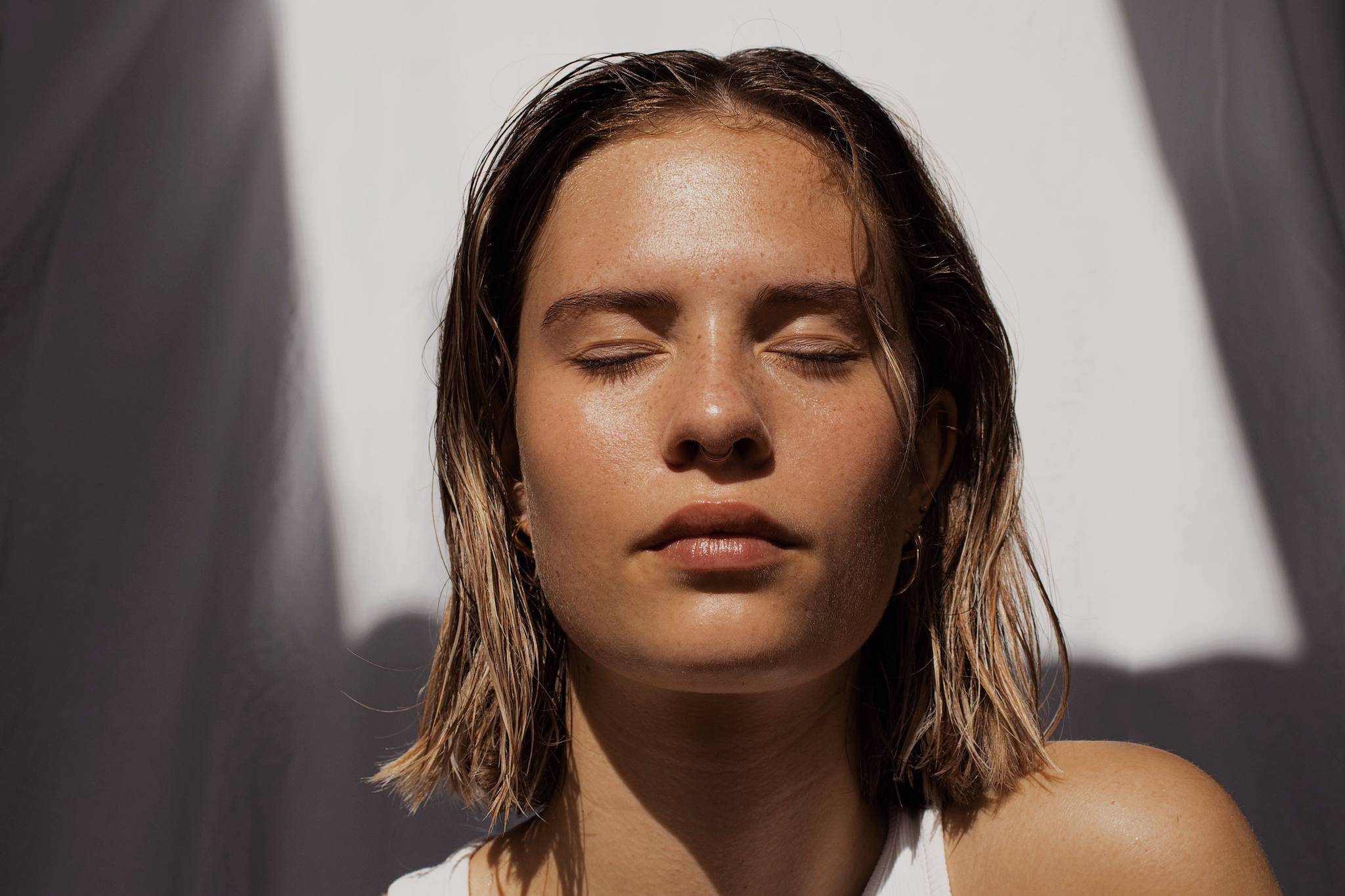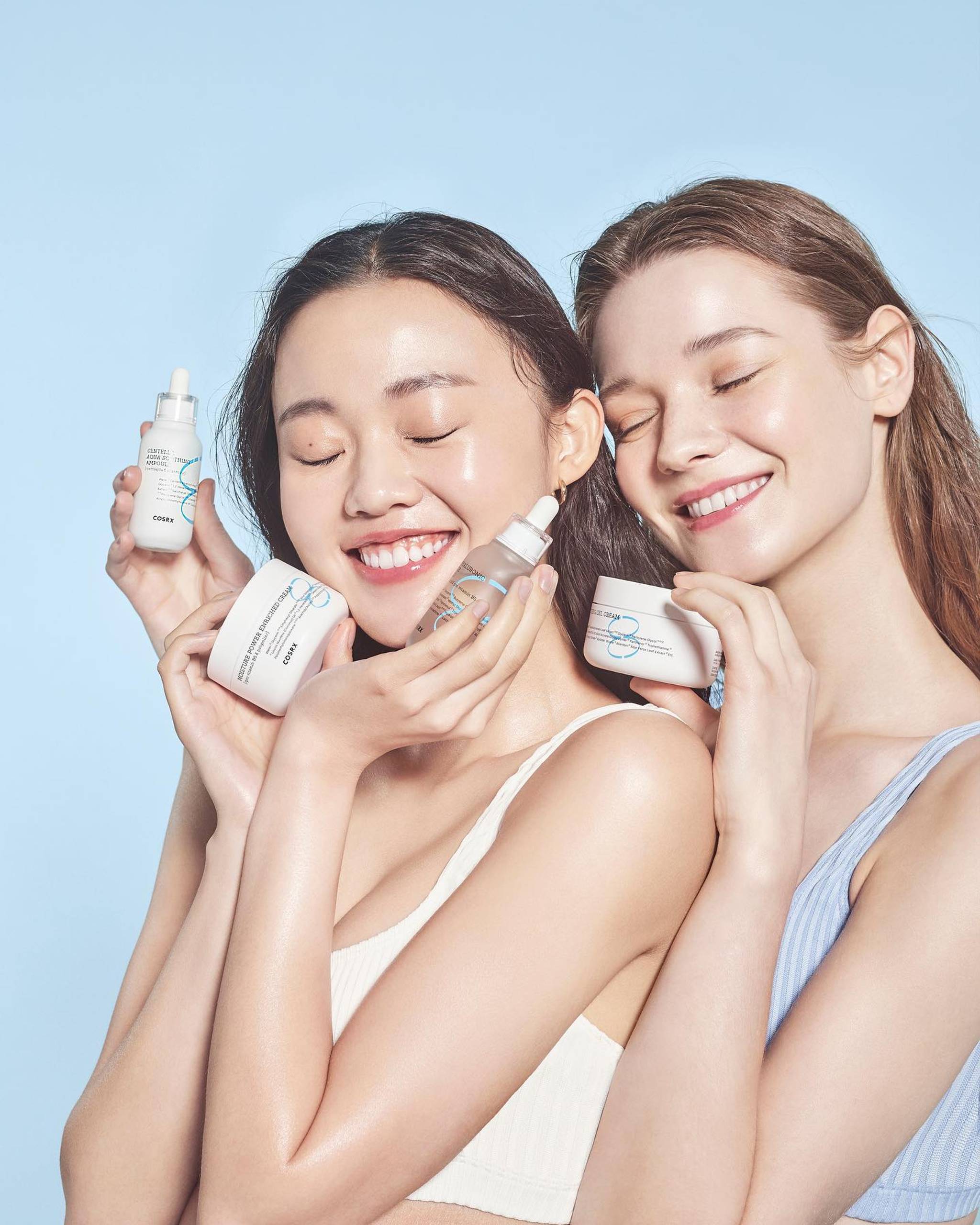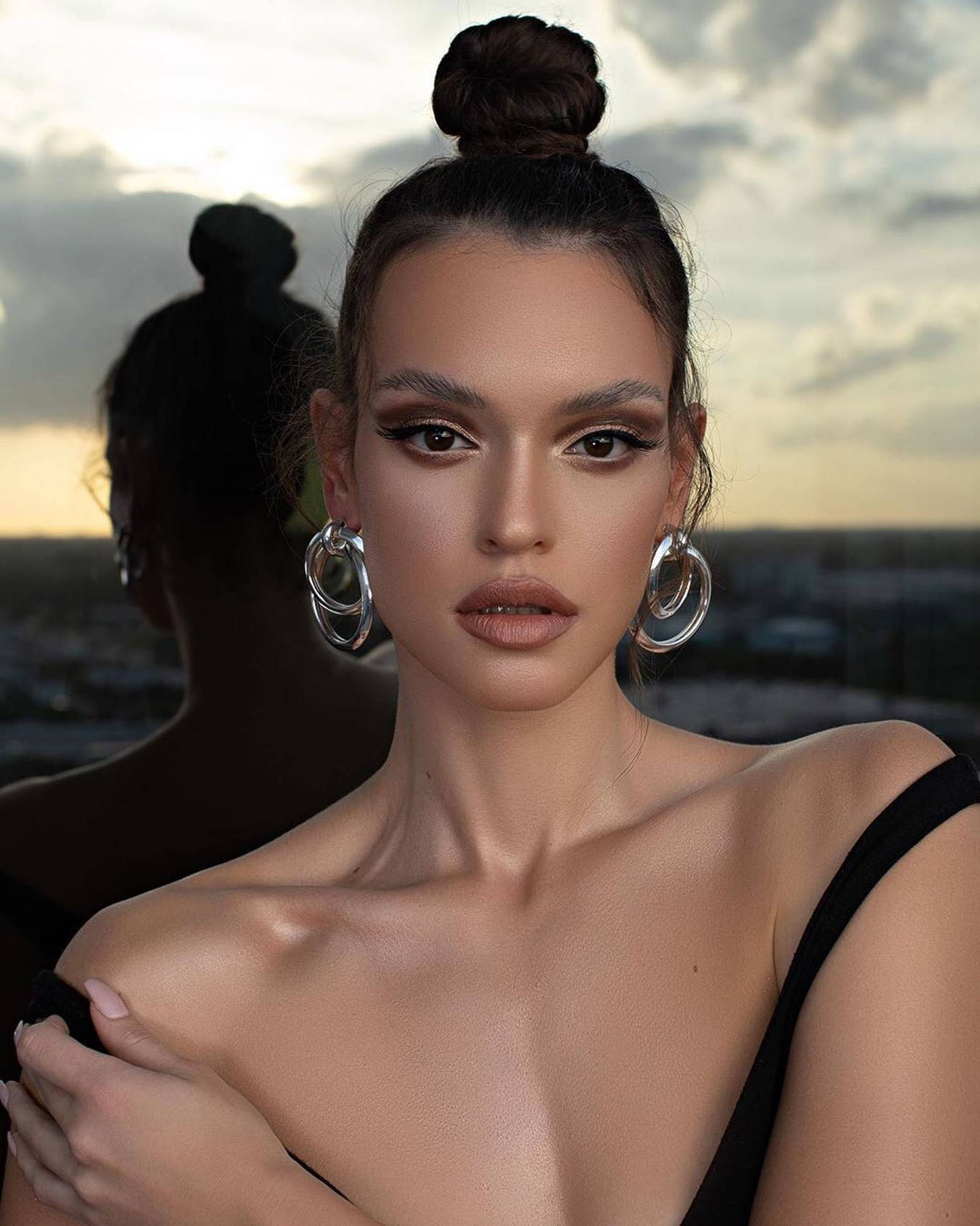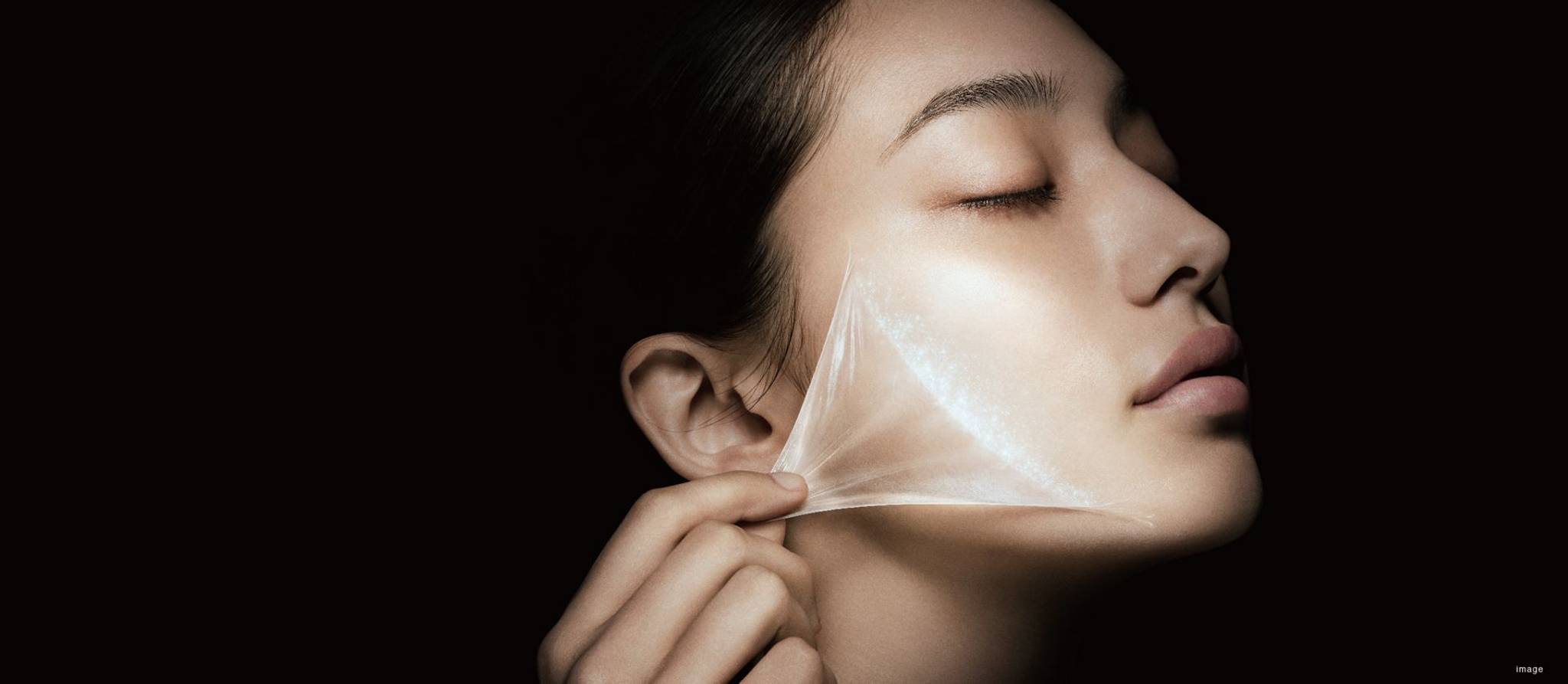
Rose & Caramel is rejecting the idea that make-up is about vanity with a campaign celebrating the power of tanning products to improve self-esteem. We explore the insights behind this, and explore how offering a feel-good factor paired with body image compassion can resonate with people who don’t buy into the ‘natural’ look.
Rose & Caramel is running an 'I tan for me' social media campaign to celebrate body confidence, self-esteem, and mental health. The brand has asked its users to send in their before-and-after tanning photos, with a description of how the tanning process has made them feel.
The campaign was inspired by buyer comments on the positive effects the products have on their confidence, especially among women who have gone through medical issues or experience skin conditions. “Rose and Caramel have massively built my confidence and taught me to love the skin I'm in,” says one user. The brand will donate £5 to mental health charity Mind for each post uploaded.
Although 'natural' beauty has become a mainstay in the make-up industry, many consumers are still seeking traditional beauty products for physical transformation. Indeed, 42% of women who use fake tan wouldn't give it up because they say it makes them 'look well' and 'feel confident'.
Numerous brands are leveraging the feel-good factor of beauty products and encouraging people to embrace the transformative power of make-up. Il Makiage leans into maximalist make-up and Future Skin promises consumers a flawless complexion with a veil-thin mask that covers blemishes and scars. As people question the attainability of the ‘natural' look, products that can help users regain a sense of confidence without setting unrealistic beauty standards will resonate.
Polina Norina is a senior behavioural analyst at Canvas8. She has a background in editorial project management and copywriting, and has previously worked on New York Times bestsellers in trade publishing and international comms projects for companies like Airbus. Outside of work, you can find her learning new languages, reading non-fiction or discovering new design innovations.



